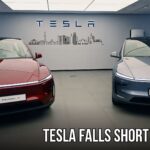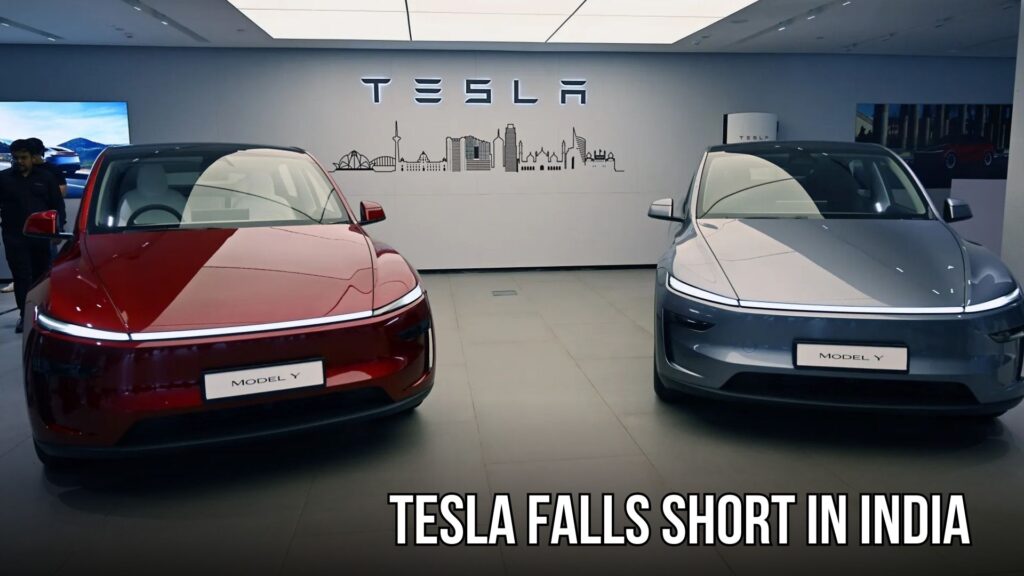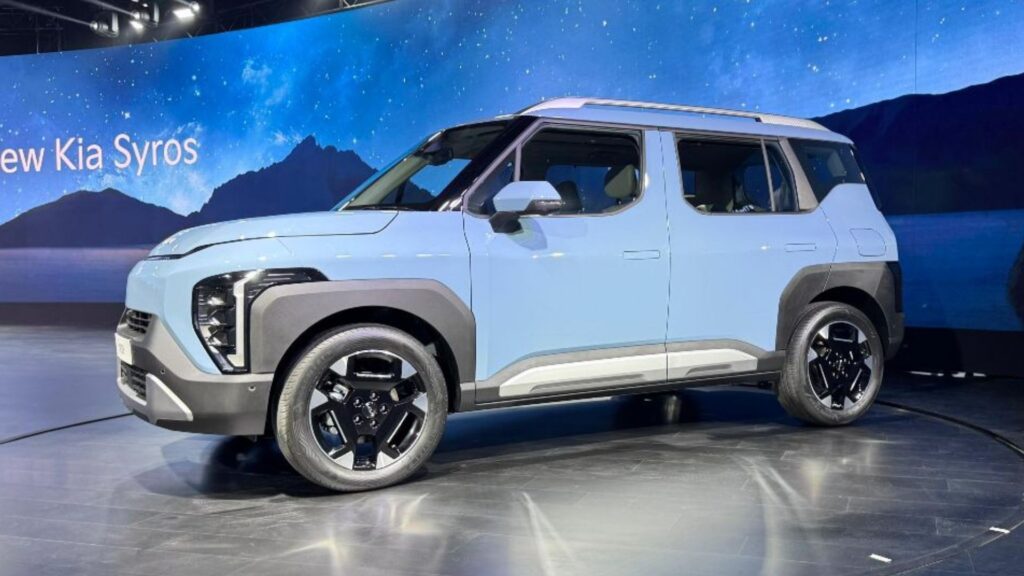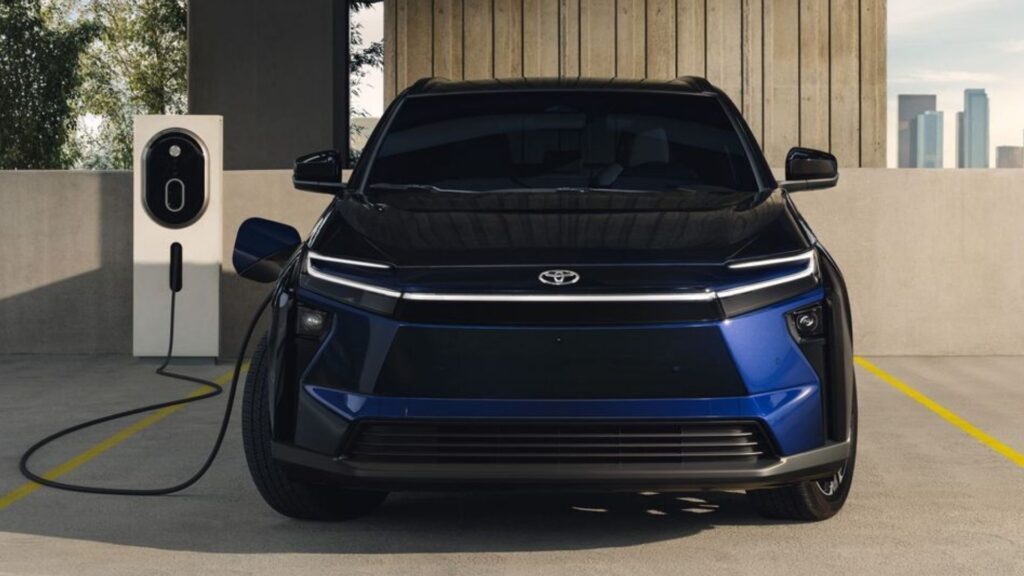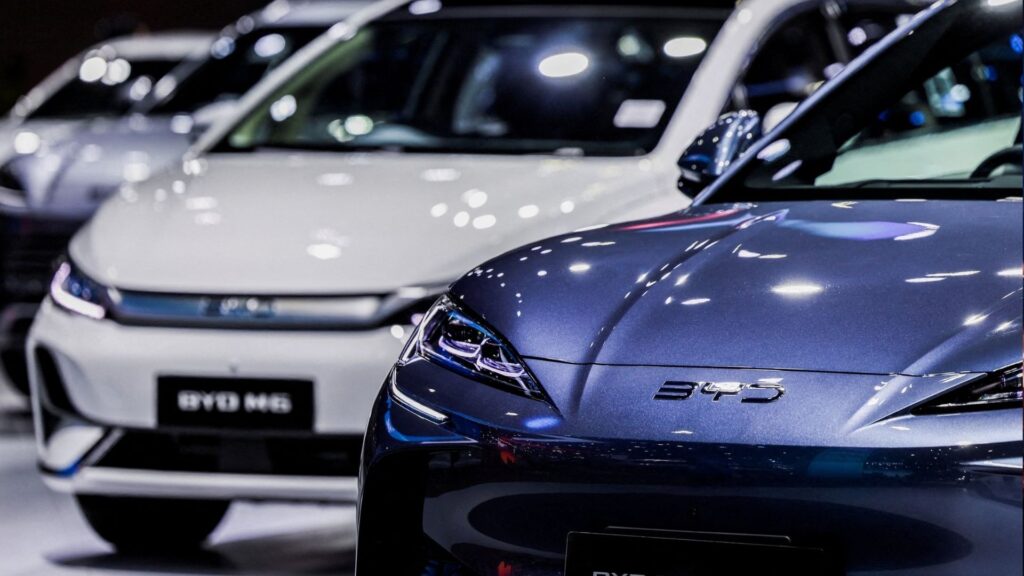Tesla has proposed what could become the largest executive compensation plan in corporate history: a $1 trillion package for CEO Elon Musk. The proposal, revealed in early September 2025 through regulatory filings and company statements, ties Musk’s potential payout entirely to Tesla’s future performance. Unlike traditional executive compensation, Musk will not receive any salary or guaranteed cash. Instead, his earnings hinge solely on whether Tesla can meet a series of aggressive operational, technological, and financial targets over the next decade.
The plan reflects both Tesla’s ambition to transform from an electric vehicle maker into a diversified leader in robotics and artificial intelligence, and the risks that come with such lofty goals.
Structure of the Pay Package
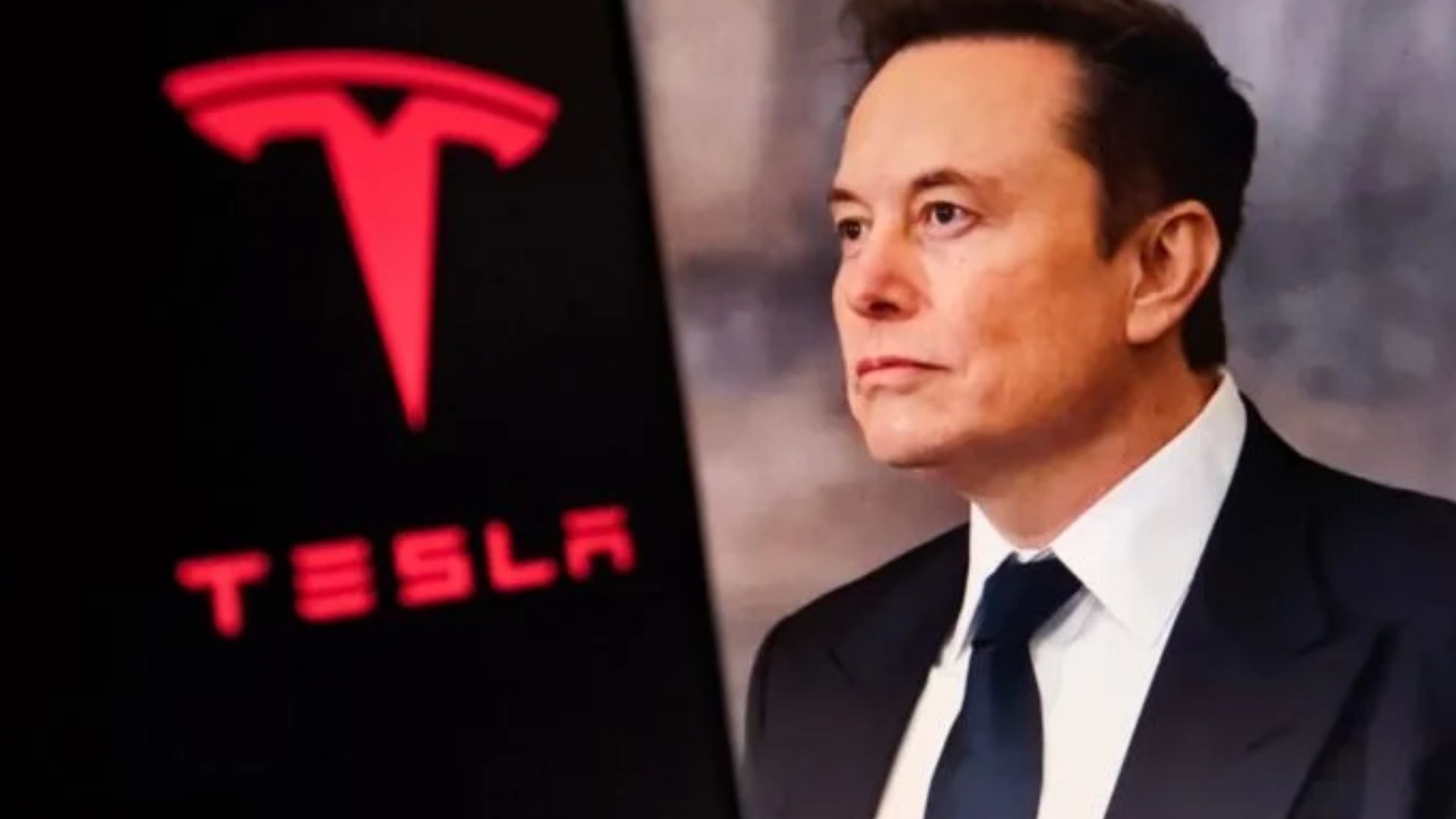
The proposed compensation plan is divided into 12 tranches of stock options. Each tranche vests only if Tesla achieves specific milestones. These include both financial goals, such as revenue and adjusted EBITDA growth, and operational benchmarks, such as production and deployment of new technologies.
Musk must also commit to a lengthy tenure:
-
7.5 years minimum for partial vesting
-
10 years to receive the full award
This structure is designed to ensure Musk’s long-term presence at Tesla, addressing investor concerns that his commitments to other companies such as SpaceX, Neuralink, xAI, and The Boring Company could distract from Tesla’s operations.
Summary Table
Category |
Details |
|---|---|
Package Value |
Up to $1 trillion over 10 years |
Form of Payment |
100% equity-based, no salary or bonuses |
Number of Tranches |
12, each tied to performance milestones |
Key Targets |
$8.5 trillion market cap, 20 million vehicle deliveries, 1 million robotaxis, 1 million AI robots, $400B EBITDA |
Service Requirement |
7.5 years minimum, 10 years for full award |
Ownership Impact |
Musk’s stake could rise to ~25% of Tesla stock |
Succession Requirement |
Final tranches require a CEO succession plan |
Shareholder Vote |
Scheduled for November 2025 |
Business Challenges |
Stock down 25% in 2025, sales down 40% in EU, rising competition from BYD |
Official Site: Tesla Investor Relations
Key Milestones Tesla Must Achieve
The plan sets exceptionally high standards. Among the targets are:
-
Market Valuation
-
Tesla’s current market cap hovers around $1 trillion.
-
The company would need to climb to $8.5 trillion, an increase of more than seven-fold, to unlock the highest payout tiers.
-
-
Vehicle Deliveries
-
Tesla delivered fewer than 2 million vehicles in 2024.
-
The new plan demands growth to 20 million annual deliveries, a scale comparable to the world’s largest automakers combined.
-
-
Robotaxi Deployment
-
Launch and operate 1 million autonomous robotaxis, representing both technological readiness and regulatory approval across key markets.
-
-
AI Robotics
-
Deliver 1 million humanoid AI robots, part of Tesla’s Optimus project, to commercial customers.
-
-
Financial Performance
-
Some targets include achieving $400 billion in adjusted EBITDA, a figure well beyond Tesla’s current earnings capacity.
-
Impact on Musk’s Ownership and Control
If all tranches vest, Musk could receive additional equity worth up to 12% of Tesla’s outstanding shares. Combined with his current holdings, his total stake could rise to approximately 25%, significantly strengthening his voting power.
Notably, the 11th and 12th tranches require Musk to propose a CEO succession framework, underscoring governance concerns about Tesla’s long-term leadership beyond Musk’s tenure.
Context and Challenges
The proposal comes amid both opportunities and obstacles for Tesla:
-
Legal Backdrop: Musk’s prior 2018 pay package valued at $56 billion was overturned earlier this year by a Delaware court, though Tesla is appealing.
-
Shareholder Sentiment: A special committee of independent directors reviewed the new plan, which will be put to a shareholder vote at the November 2025 annual meeting.
-
Business Headwinds:
-
Tesla’s stock price has fallen 25% in 2025, affected by political controversies surrounding Musk, weakening EV demand, and intensifying competition.
-
In Europe, sales plunged 40% year-over-year in July 2025, even as EV adoption rose across the continent. Chinese automaker BYD gained ground, securing a higher market share than Tesla.
-
Recent earnings showed net income dropping from $1.39 billion to $409 million, alongside revenue declines.
-
Despite these setbacks, Tesla’s board argues that retaining Musk and incentivizing him with an ambitious package is essential for long-term growth, particularly as Tesla pivots more heavily into robotics and AI.
Shareholder Vote and Next Steps
The $1 trillion plan will be presented for approval at Tesla’s upcoming shareholder meeting in November 2025. Investors face a pivotal choice: endorse a plan that could propel Musk to become the world’s first trillionaire, or push back on a package that some critics view as excessively generous given Tesla’s recent struggles.
If approved, the deal would mark the most audacious executive compensation structure ever attempted, placing Tesla’s future and Musk’s wealth squarely on the company’s ability to achieve unprecedented growth.
Frequently Asked Questions (FAQs)
Q1: How is this package different from Musk’s previous pay deal?
A. The 2018 deal, valued at $56 billion, was overturned by a Delaware court for governance flaws. This new package is significantly larger, tied to more ambitious milestones, and reviewed by independent directors before going to shareholders.
Q2: Could Musk become the world’s first trillionaire under this plan?
A. Yes, if Tesla meets all targets and Musk fully vests his compensation, his wealth could exceed $1 trillion, making him the first individual to reach that milestone.
Q3: Why does Tesla believe Musk needs this package?
A. Tesla’s board argues that Musk’s vision and leadership are critical as the company expands into robotics, AI, and autonomous driving. The package is also intended to ensure he remains committed to Tesla despite his other ventures.
Q4: What happens if Tesla fails to meet the targets?
A. Musk receives nothing. The plan is strictly performance-based, with no guaranteed compensation.
Q5: When will shareholders decide?
A. The proposal will be voted on during Tesla’s November 2025 annual shareholder meeting.
For More Information Click HERE
